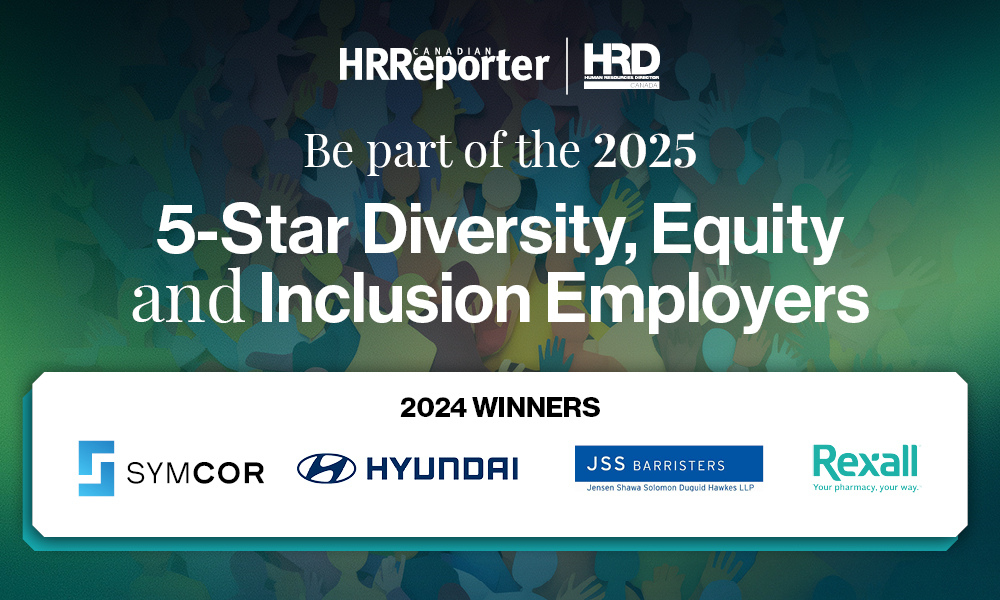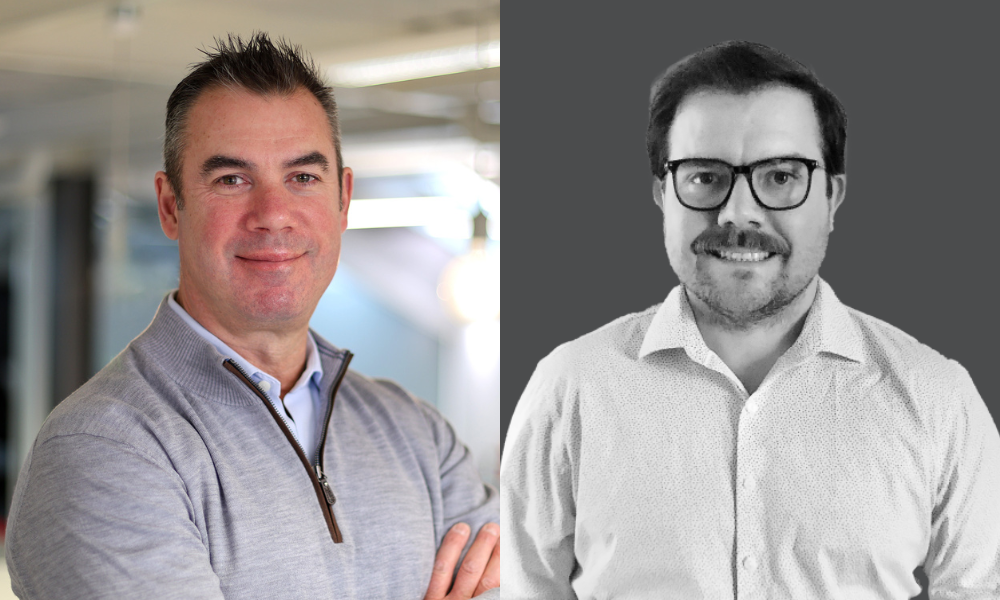Sauvnish Bains of Flybits to speak at upcoming HR Leaders Summit

Last year, Flybits did a massive overhaul of its benefits.
But not before it checked in with employees about what they were looking for, says Sauvnish Bains, chief of staff at the customer engagement platform.
“Just saying, ‘We're going to change this benefit or provide a budget for this’ without knowing what your employees are really looking for, there's no point in in doing that,” she says.
“Our first step was to actually speak to our employees, change the way that we were getting feedback from people, the frequency of it and what we were doing with it, and actually make decisions based on that.”
Previously, the Toronto-based company ran monthly surveys with staff, but fatigue eventually set in, says Bains, who will be speaking on a panel at the upcoming HR Leaders Summit discussing “How to win the race for talent.”
“We were noticing that the participation rate month over month was dropping, and employees were feeling like we weren't really doing anything with the information. So we changed the approach so that now employees are going to be responding to quarterly surveys [and] they're a little bit longer.”
Members of the HR team then work with their specific business units to put together a team-by-team analysis, as well as an overall company analysis, that gets shared at a town hall meeting.
“We actually work directly with the managers to go over their team-specific results, because what you might see for one team versus another can be different,” she says.
Managers are then taken through an action planning process where they're required to commit to certain action items for their team based on the feedback.
“We also instituted a process where, twice a year, somebody from the people and culture team will be having individual one-on-ones with everyone from the organization. So these are 30-minute to 60-minute check-ins where we can get additional details from them in terms of: how they're feeling, if they have any additional feedback that they would like to share,” says Bains.
“Why wait until somebody is leaving to have a one-on-one chat with them? You should actually be doing that throughout their employment to make sure that you have all the information in terms of what's important to them, how can we help them.”
These changes at Flybits were partly motivated by trends of the “great resignation,” as the company had seen an uptick in turnover over the last couple of years, she says.
And with the overhaul of the benefits – which looked at which ones were being provided, what amounts were given out, and what coverage was available to staff and their families – the company saved quite a bit of money, says Bains, who will be part of a panel at the HR Leaders Summit looking at successful retention strategies.
“And instead of just saying, ‘OK, we've saved the company X amount of dollars,’ we actually put that money back into something that employees were really asking for, which was learning and development.”
Bains and the HR team developed a learning and development strategy that gave everyone access to LinkedIn learning. And now they’re working with managers and employees on an individual basis to find out about what new skills they want to learn, where they want to grow, and “and how can we help them and develop those plans on a team level but also on an individual level?” says Bains.
“There's lots of different areas that you can focus on when it comes to ensuring that people are happy at work, they're enjoying their experience, they're learning, they feel like they're having an impact overall on the organization.”
Be sure to register for the upcoming HR Leaders Summit today!




